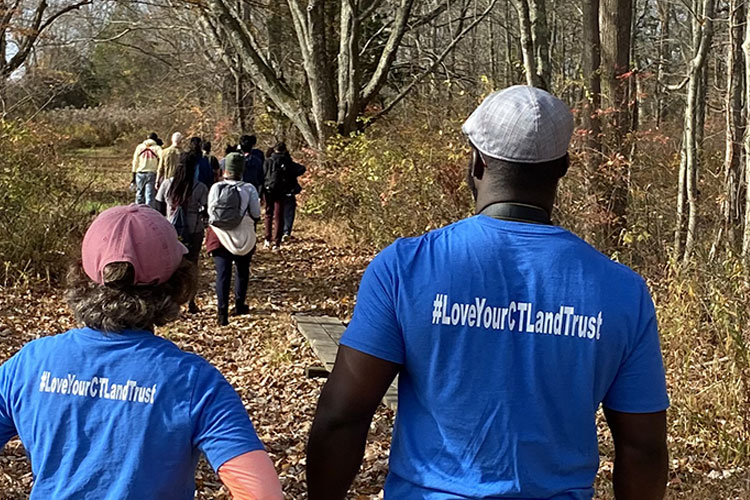Awards 2022
2022 Excellence in Conservation Awards
We are proud to celebrate and feature our winners for our annual Excellence in Conservation Awards. In making these awards, CLCC seeks to recognize organizations and individuals who have made a substantive contribution to the ongoing success of land conservation in our state and projects that may serve as a guide to or be replicable by other land trusts and conservation organizations in Connecticut.
Read more about the award ceremonies for this year's winners »
Click on each name below to read about the many accolades and achievements from this group of award winners.
Excellence in Community Engagement Award
East Granby Land Trust High School Intern Board Member Program
Leadership with a New Generation of Conservationists
The East Granby Land Trust has had 25 interns over the last 10 years. Each student intern commits to two years of learning, observing, and participating in various program activities.
The land trust has had students who are interested in photography, kids programs, environmental science, law, and business; but they all have one thing in common. They care about the environment. Not every intern needs to blaze a trail for global warming, but every intern needs to care about their community and the protection of open space.

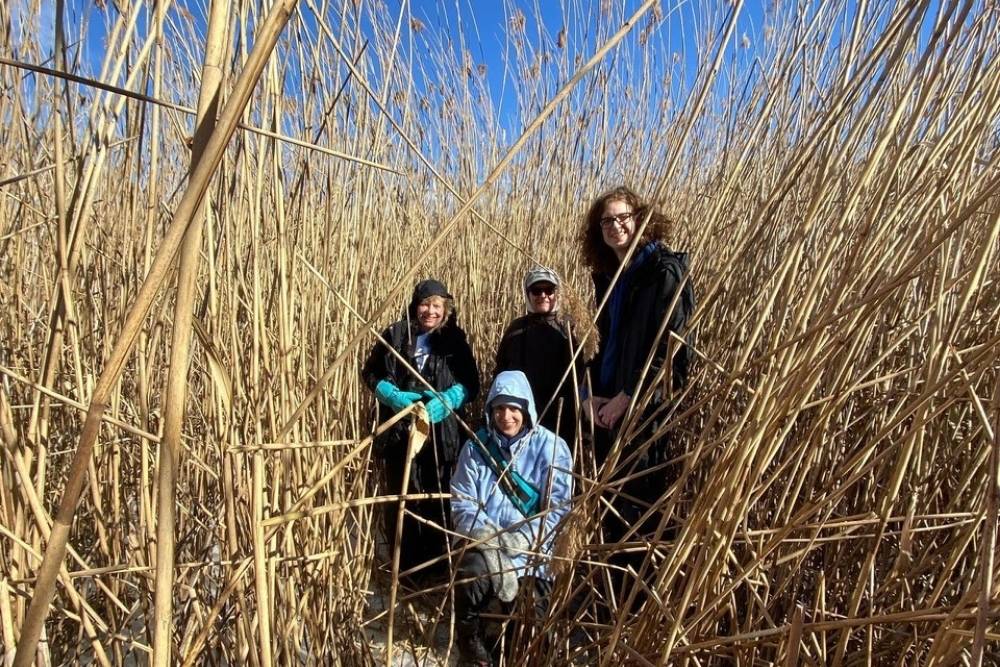
Using their many talents, interns have contributed to upcycling projects, environmental education programs, and serving as co-treasurers and stewardship chairs. Some of their favorite events have been the haunted Halloween trail, summer nature camp, 6th grade outdoor education day, and fairy house building.
The thing I hope they all learned is that there is no one way to help your community, it takes many people with diverse skills to make an organization great and they make every year more interesting because of the special skills and ideas they bring to the table.
We look forward to many more interns sharing their unique point of view at our board meetings and bringing that extra thing to our organization that we didn't have before. – Amanda Thompson, EGLT President
Conservation Hero Award
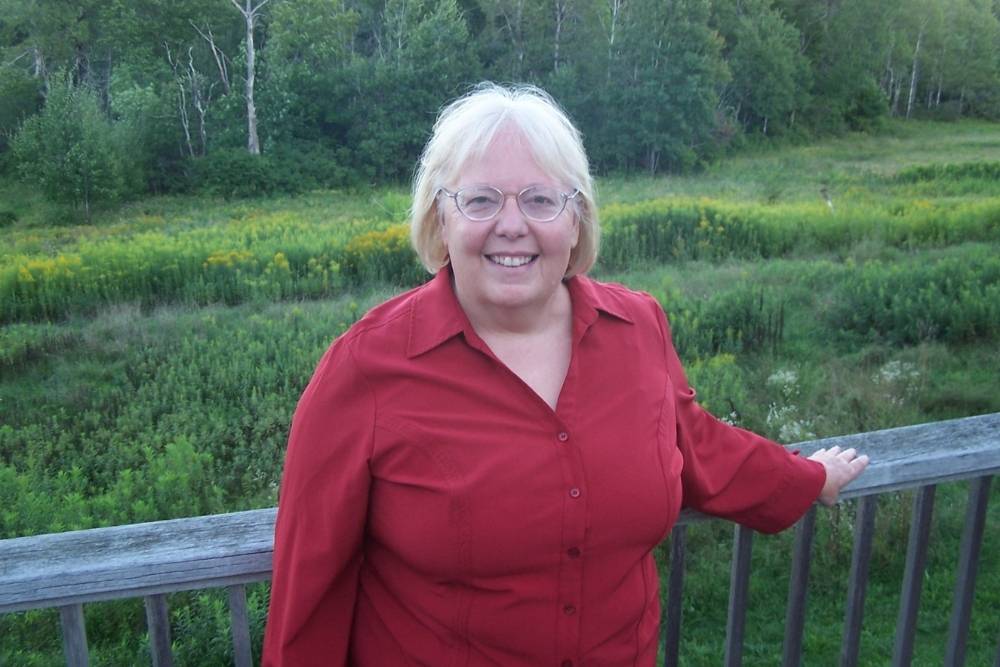
Shelley Harms
An Invaluable Titan in Land Conservation.
Shelley Harms has been an invaluable member of the Salisbury Association Land Trust (SALT) and the Cornwall Conservation Trust (CCT), serving as Executive Director for both organizations.
During her time at CCT, Shelley’s passion for land conservation helped the land trust secure over two million dollars in grant funding to conserve over 450 acres of forest and farmland. Shelley skillfully advocated and supported CCT in enrolling 375 acres in the Wildlands Partnership of the Northeast Wilderness Trust. She was instrumental in CCT’s accreditation and re-accreditation by the Land Trust Alliance. Her work has ensured the long term future of CCT and the preservation of Cornwall's forests and farmland.
At SALT, Shelley transformed the organization to one with professional policies, standards, and efficiency while working only 10 hours per week. Through her efforts, SALT added or will add 460 acres of fee property and 257 acres of Forever Wild conservation easements. In the last four years, her state, federal, and private foundation grant applications raised over two million dollars for SALT’s land acquisition. Shelley has been a grant writing dynamo for the organization, resulting in important land preservation for Salisbury and the state. Without her leadership, most of the 717 new acreage added would not have been possible.
Shelley’s contribution to the State’s conservation efforts has not been limited to Salisbury and Cornwall. She has made major contributions to the Norfolk Land Trust, Sharon Land Trust, and others. The state’s conservation goals have made significant progress because of Shelley’s dedication.
The Conservation Hero Award is a discretionary award given by CLCC's Board of Director to an individual dedicated professionally and as a volunteer to the advancement of Connecticut land conservation.
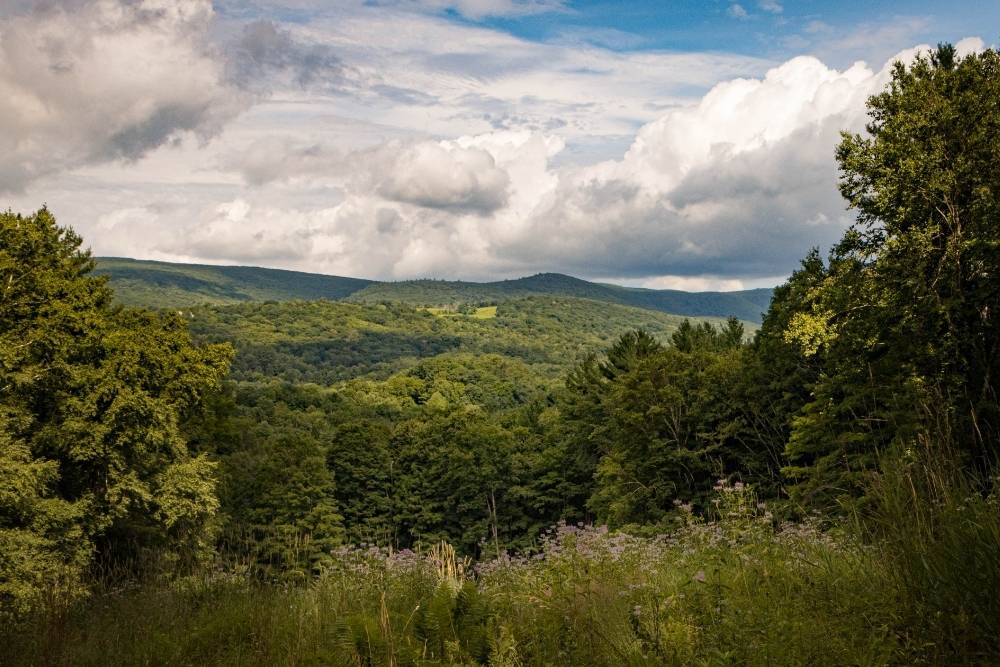
Pope Preserve, one of the many properties at the Salisbury Land Trust Association Shelley helped conserve. Photo Credit: John Landon
Katchen Coley Award for Excellence in Conservation
Bill Horne
A Fierce Defender of Land Conservation
“It’s difficult to think of someone who has been more impactful, more thoughtful and thorough in his thinking and easier to work with than Bill.” — Louise La Montaigne, former BLT president
“Bill’s achievements are remarkable on their own, but the way he has achieved them are equally admirable...The land trust and the town of Branford have benefited immensely from his informed and honest approach.” — Joan Merrick, former BLT president
“Few people in the history of the Town of Branford have had such a far reaching impact and an everlasting legacy as that of Bill Horne…Bill’s accomplishments have had and will continue to have, a significant impact on the character of the Town for generations to come.” — Richard Shanahan, Chair, Branford Parks and Open Space Authority, and the Town’s Select Committee on Open Space Acquisition
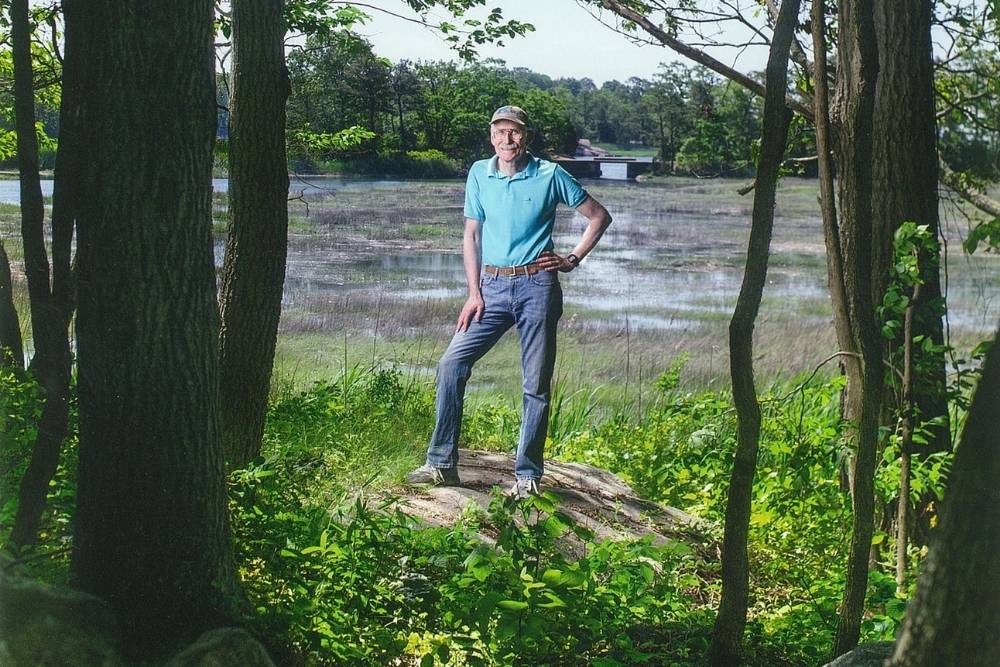
Photo Credit: Richard Esposito, Caprisio, LLC (www.caprisio.com)
Bill is exactly the person deserving of this award. He has continually demonstrated himself to be an individual fiercely devoted to land conservation. His long-term volunteer service serves as an inspiration to others to “fight the good fight” with passion and tenacity in support of land conservation and the environment.
Bill started attending Branford Land Trust (BLT) board meetings in the mid 1990’s. He ‘joined' the Property Management committee in 1995 and co-chaired the committee 1995-1997. Bill was elected BLT’s Director in 1996. He was then elected BLT’s President in 1997, serving until 2002. From 2004-2013, he served once again as BLT’s Director. Since 2013, Bill has remained very active in the BLT. He still makes all the monthly board meetings, has been active on the BLT Acquisition Committee and Property Management Committee, is generally in charge of 2-3 major BLT projects at any given time, and provides advisory support on issues that require his breadth of institutional knowledge.
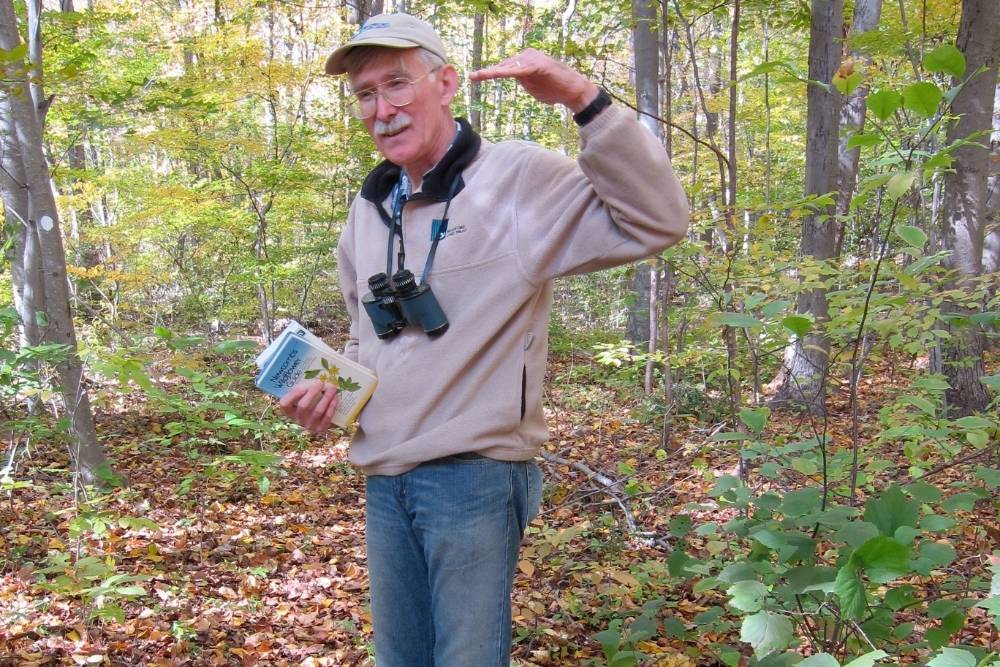
Photo courtesy of the Branford Land Trust
During the past 30 years of Bill’s tenure, BLT has had many successes, more than doubling the amount of land it protects. During the same period, the BLT obtained conservation easements on eight properties totaling 328 acres.
In the late 1990’s, Bill helped lead citizen opposition to the proposed development of the "Queach property", approximately 215 acres of environmentally sensitive land located in the Pisgah Brook/Supply Pond sub-watershed of the Branford River between two large Town-owned open space preserves. Toward the end of this period, Bill co-chaired the Conservation Commission with Karyl Lee Hall, an attorney with the Connecticut Legal Rights Project.
Whereas most people would have claimed success with the Queach acquisition, Bill was just starting. He played a crucial role orchestrating the acquisition of Saltonstall Mountain, the Pieper property, the DeLeo property, and the Hill property. He shepherded the purchase of the development rights of Johnson Farm by the Connecticut Farmland Trust.
In 2001, a partnership of Duke Energy and Keyspan Corporation proposed installing a pipeline across Branford to Long Island Sound. Bill was appointed by Branford’s First Selectman to a special "Blue Ribbon Committee" to evaluate the project’s impact on Branford. Since the proposed route of the pipeline crossed three BLT properties, he led the land trust in evaluating the specific impact on those properties. He simultaneously opposed the routing of the pipeline across the land trust's properties while working with the pipeline team to achieve the best possible mitigation if the project was approved as proposed. Eventually, the proposal was withdrawn due to the strong opposition from residents and local, State, and Federal officials.
Bill has had a profound influence on the way committees and commissions remain faithful to their responsibilities in representing the best interests of the Town for the long term.
Bill has the uncommon combination of both the technical skills to review a detailed proposal and the interpersonal skills to convince people of the importance of land conservation. He attends to the smallest details of each project but can also place it in its larger scientific, social, and political context. He has the drive and determination to continue this very challenging work in the face of tremendous development pressure along the shoreline.
The BLT share deep gratitude for Bill’s work, admiration for his substantial successes, and respect for the way in which he engages with others – both allies and opponents.

A view of the Wies Preserve up Pine Creek. Photo courtesy of the Branford Land Trust.
Excellence in Conservation Organization Award for Outstanding Project
Whip-Poor-Will Forest Legacy Project
A Collaborative Effort to Protect Land
The landowners have shown tremendous commitment to conservation and great patience to navigate this process over many years. The conservation of these properties will benefit the natural resources, wildlife, and people of the area forever. – Dan Peracchio, CT DEEP Forest Planner & Forest Legacy Coordinator
Whip-Poor-Will Woods (WPWW) is a landscape scale project involving seven landowners who permanently protected 1,553 acres of forestland in Stafford, CT through the federal Forest Legacy Program (FLP). FLP is administered by DEEP and projects are selected from a competitive pool of projects from across the country. The purchase of conservation easements on the seven parcels was completed in 2021.

Peter Miller with a pine tree on the Miller Family property. This tree is one of the oldest and largest trees on our property, dating back to 1790-1800. Photo credit: Peter Miller
WPWW directly or indirectly abuts 12,960 acres of protected forestland and is situated in a larger focus area of 135,000 acres of protected forestland in CT and MA. WPWW is home to several state listed wildlife species, as well as species identified as Greatest Conservation Need. Over 400 acres of WPWW fall within public water supply watershed areas and two tracts directly abut public water supply lands. Over half the acres in this project drain to the Connecticut River Watershed and are also located within the bounds of the Silvio O. Conte and the bounds of the Connecticut River National Blueway. Protection of such a large amount of acreage in the third smallest state containing the fourth most dense population is a rare occurrence.
WPWW was led by two tireless, committed, optimistic conservationists who did not see obstacles despite several setbacks. Peter Miller, one of the five landowners in the 535-acre eastern portion of the project, started trying to protect his property in 2001. When his application was not selected for funding, he went to each of his abutting neighbors multiple times over several years to convince them to join a larger FLP application. When their project was not selected, DEEP encouraged Peter Miller and the other landowners to merge their 535-acre project with a potential FLP project in western Stafford. Dennis Hodgin initiated this project in 1995 when he reached out to the owner of 1,018 abutting acres. After much work, the abutting neighbor agreed to move forward on a FLP application. The two projects merged and the joint FLP application was funded in 2015.
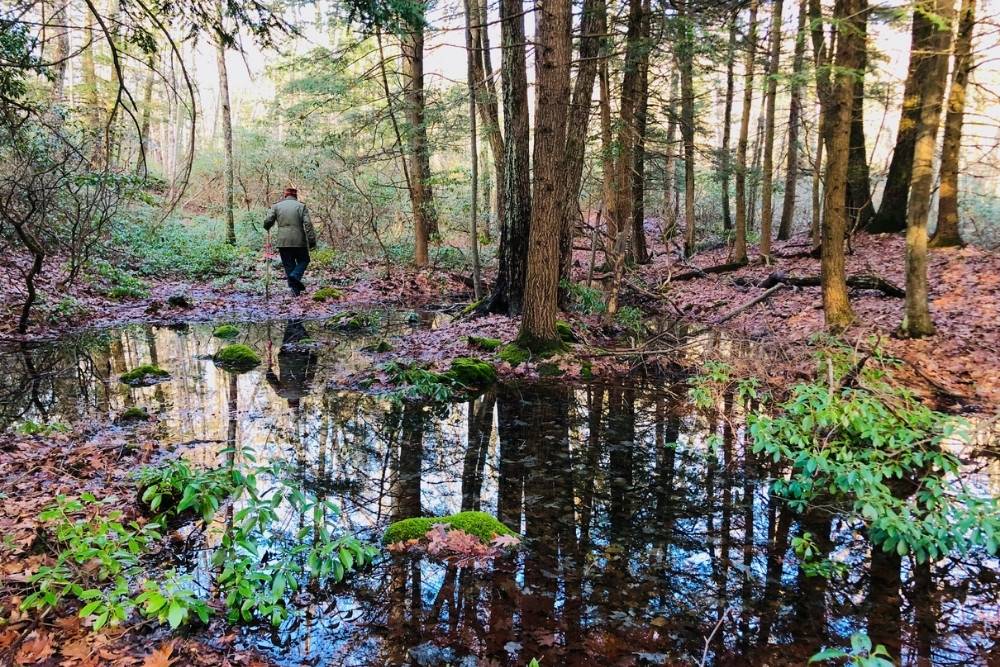
Walking on the Miller Family property. Photo credit: Mary Anne Miller-Baker
WPWW has seven Key Habitats of Greatest Conservation Need (CT Wildlife Action Plan): dry oak forests, coniferous forests, cool season grasslands, cold water streams, fresh water marshes, vernal pools, and surface springs (identified as one of CT's most imperiled communities). The project also contains fourteen species identified as "Very Important" and twenty-three species identified as "Important" species of Greatest Conservation Need as identified by CT's Wildlife Action Plan.
WPWW provides habitat for 14 US Fish and Wildlife Service priority bird species, four species listed as High Continental Priority-High Regional Responsibility, and one listed as High Regional Responsibility by Partners in Flight. Many streams in the project feed into Roaring Brook, a State Wild Trout Management Area. Western WPWW tracts are in Audubon Connecticut Important Forestland Area for birds. Eastern tracts are in The Nature Conservancy's Quinebaug Highlands, a large block of forest, important to species diversity and large mammals.
Four tracts of WPWW are within a public supply watershed area and two tracts directly abut a reservoir that serves approximately 2,450 Stafford residents. WPWW sits in watersheds that are ranked High for Importance of Watershed for Drinking Water Supply — one is in the top-ranking watersheds for High Development Pressure on Forests and Drinking Water Supply in the 13-state region.
This project directly abuts 12,960 acres of protected forestland, as part of a larger focus area of 135,000 conservation acres in CT and MA. CT and MA are working on a landscape scale conservation effort between the Whip-poor-will Woods and the MA CT2Q proposed FLP projects. This project also complements other funded FLP efforts within ten miles, totaling 842 acres.
Over 800 WPWW acres fall within the Silvio O. Conte National Fish and Wildlife Refuge and the nationally designated Connecticut River National Blueway.
The project falls in the New England-New York Initiative to Keep Forests as Forests priority landscape established by the New England Governors’ Conference. The project lies in a High Priority area for the multi-state MassConn Sustainable Forest Partnership. This is a regional partnership of twenty-five public and private diverse conservation entities focused on land protection and forest stewardship spanning thirty-eight towns in Northeast CT and Central MA.
The Eastern Brook Trout Joint Venture, a 17-state collaborative comprised of state and federal agencies and Trout Unlimited, recognized the project as having some of the most important fisheries resources remaining in the Eastern U.S. In its 2006 Status and Threats assessment, EBTJV ranked WPWW area "intact" (90-100% historical habitat occupied by self-reproducing Brook trout).
Fred Borman, Dan Peracchio, and Helene Hochholzer from the DEEP Forestry Division were instrumental in guiding all phases of this project. Dan Donahue with the Norcross Wildlife Foundation was also key to the success of WPWW.
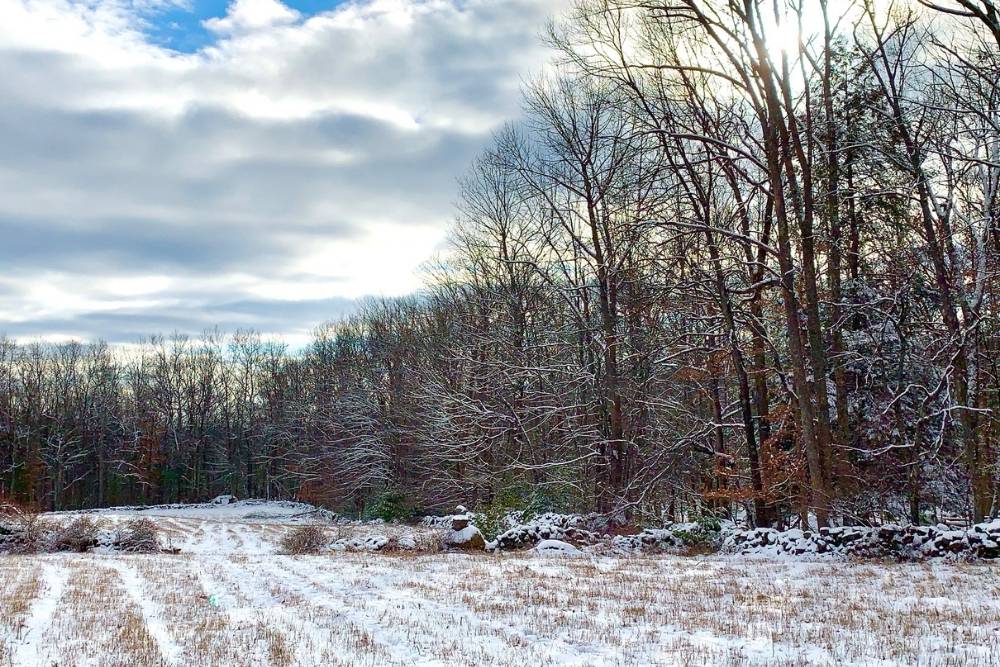
Wintertime at the Miller Family property. Photo credit: Mary Anne Miller-Baker
It is exceptional that WPWW was selected from a competitive pool of FLP applications from across the country. Less than a handful of FLP projects have been funded in CT. WPWW is a significant landscape in CT for its broad range of critical natural resources and features. Peter Miller and Dennis Hodgin are role models for land trusts and other landowners who want to protect a critical property or landscape that has numerous hurdles.
